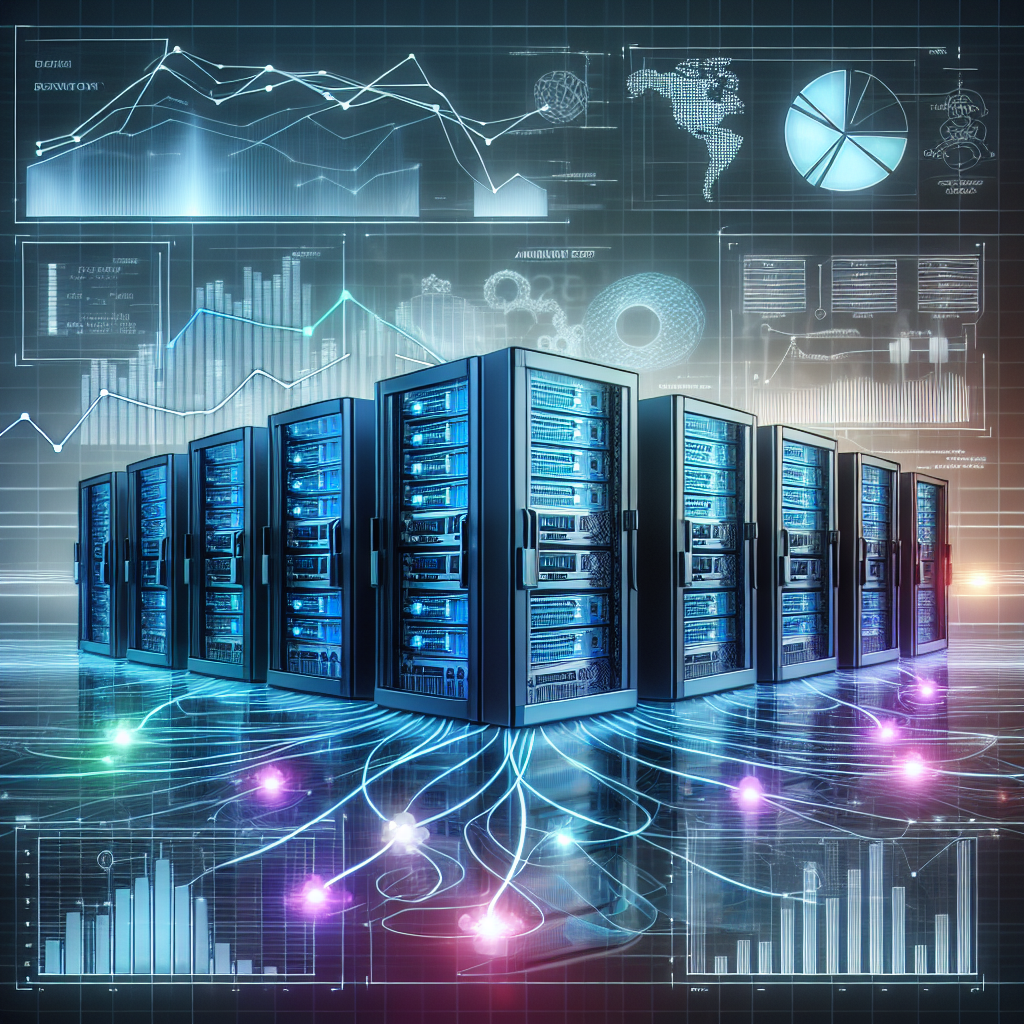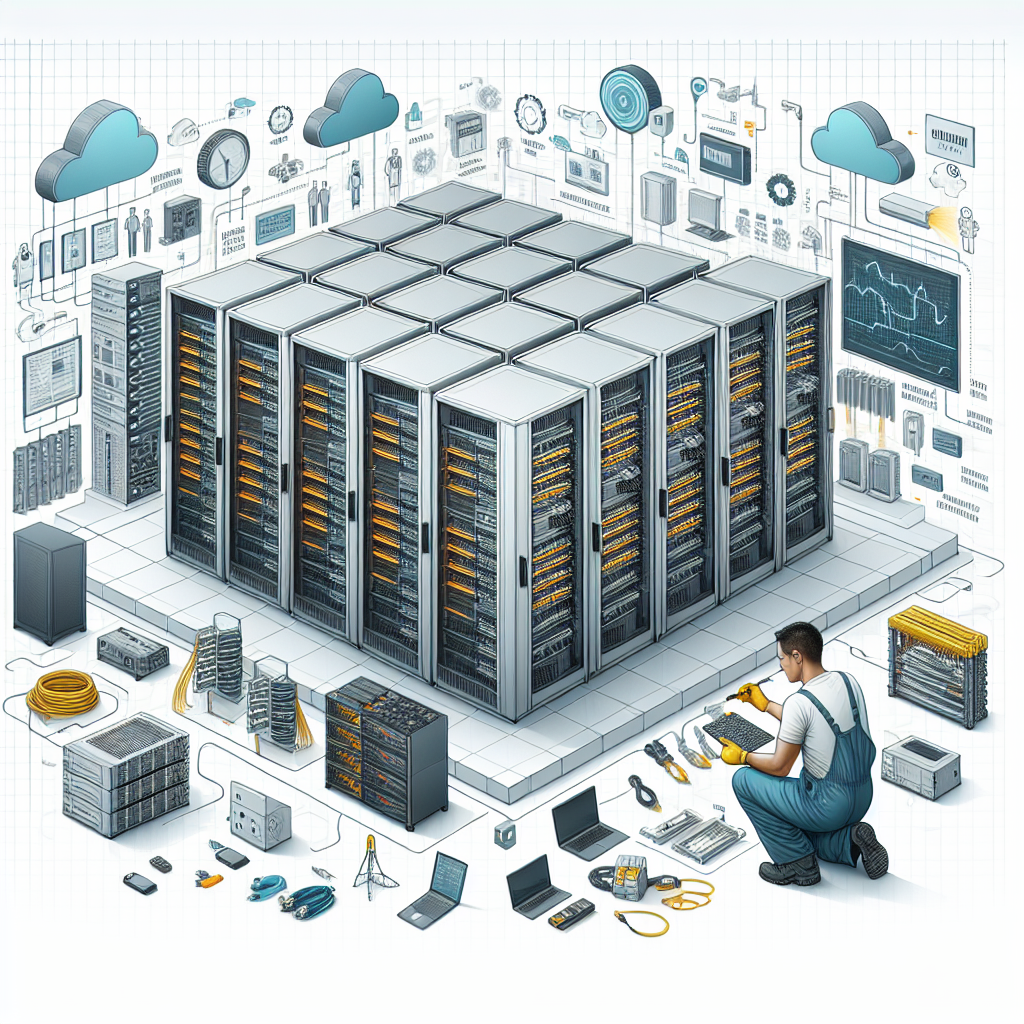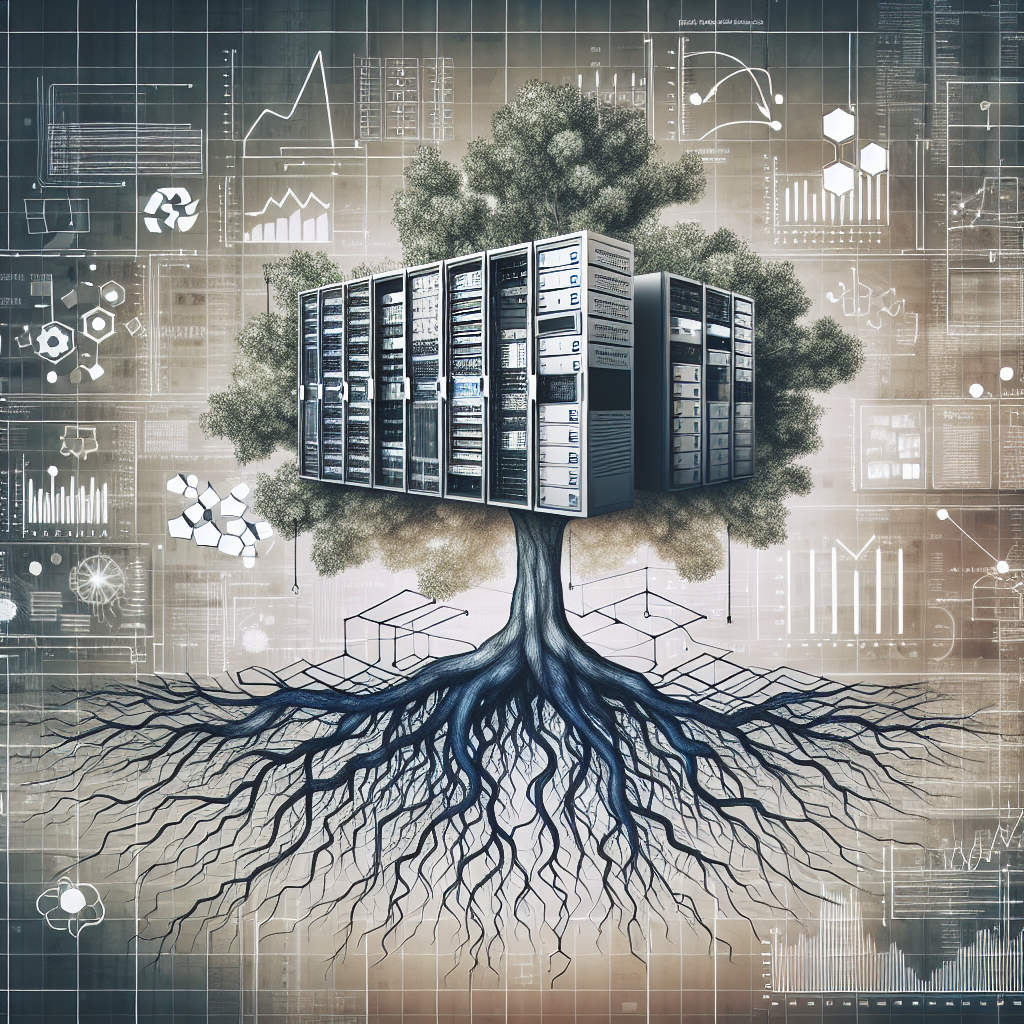Your cart is currently empty!
Tag: Addressing

Addressing Growing Demands with Data Center Capacity Planning
In today’s digital age, data centers play a crucial role in supporting the increasing demand for online services and applications. With the rise of cloud computing, big data, and the Internet of Things (IoT), data centers are facing unprecedented challenges in meeting the growing demands for storage, processing power, and connectivity. To address these challenges, organizations must implement effective data center capacity planning strategies to ensure they have the necessary resources to support their operations.Data center capacity planning involves analyzing current and future needs, identifying potential bottlenecks, and designing a scalable infrastructure that can accommodate growth. By taking a proactive approach to capacity planning, organizations can optimize their data center resources, improve performance, and reduce the risk of downtime.
One of the key factors driving the need for data center capacity planning is the exponential growth of data generated by businesses and consumers. With the proliferation of mobile devices, social media, e-commerce platforms, and IoT devices, the volume of data being generated and processed is increasing at an unprecedented rate. This puts pressure on data centers to scale their infrastructure to handle the influx of data and ensure seamless connectivity for users.
Another factor contributing to the need for capacity planning is the shift towards cloud computing and virtualization. Many organizations are moving their IT infrastructure to the cloud to reduce costs, increase flexibility, and improve scalability. However, this shift also requires careful planning to ensure that data centers have the necessary resources to support cloud-based applications and services.
In addition to data growth and cloud migration, organizations must also consider other factors when planning data center capacity, such as power and cooling requirements, network bandwidth, and security needs. By taking a holistic approach to capacity planning, organizations can ensure that their data center infrastructure is robust, efficient, and resilient to meet the demands of today’s digital economy.
There are several best practices that organizations can follow to effectively address growing demands with data center capacity planning. These include conducting regular capacity assessments, using predictive analytics to forecast future needs, implementing virtualization and cloud technologies, and investing in energy-efficient infrastructure.
In conclusion, data center capacity planning is essential for organizations to meet the growing demands for storage, processing power, and connectivity. By implementing effective capacity planning strategies, organizations can optimize their data center resources, improve performance, and ensure they have the necessary infrastructure to support their operations in the digital age.

Data Center Maintenance: Addressing Common Challenges and Solutions
Data centers are the backbone of modern businesses, providing the infrastructure needed to store, manage, and process vast amounts of data. However, with great power comes great responsibility, as data center maintenance is crucial to ensuring the reliability and efficiency of these critical facilities. In this article, we will discuss some common challenges faced by data center operators and provide solutions to help address them.One of the most common challenges in data center maintenance is ensuring proper cooling and ventilation. Data centers generate a significant amount of heat due to the high-powered servers and networking equipment they house. If not properly managed, this heat can lead to equipment failure and downtime. To address this challenge, data center operators should regularly monitor temperatures, ensure proper airflow, and consider investing in energy-efficient cooling solutions such as hot aisle/cold aisle containment systems or liquid cooling technologies.
Another challenge faced by data center operators is power management. With the increasing demand for data processing and storage, data centers consume a significant amount of electricity. This not only leads to high operating costs but also puts a strain on the local power grid. To mitigate this challenge, data center operators can implement energy-efficient practices such as virtualization, server consolidation, and using renewable energy sources. Additionally, investing in power management tools and monitoring systems can help optimize energy usage and reduce costs.
Security is another major concern for data center operators. Data centers house sensitive and valuable information, making them prime targets for cyberattacks and physical breaches. To address this challenge, data center operators should implement robust security measures such as access controls, surveillance systems, firewalls, and encryption protocols. Regular security audits and penetration testing can help identify vulnerabilities and ensure compliance with industry regulations.
Finally, data center operators must also address the challenge of scalability. As businesses grow and data requirements increase, data centers need to be able to scale up to accommodate this growth. This can be achieved through modular design, flexible infrastructure, and cloud-based solutions. By planning for scalability from the outset and regularly assessing capacity needs, data center operators can ensure that their facilities can adapt to changing business requirements.
In conclusion, data center maintenance is a complex and challenging task that requires careful planning and attention to detail. By addressing common challenges such as cooling, power management, security, and scalability, data center operators can ensure the reliability and efficiency of their facilities. By implementing best practices and investing in the right technologies, data center operators can minimize downtime, reduce costs, and maximize the performance of their data centers.

